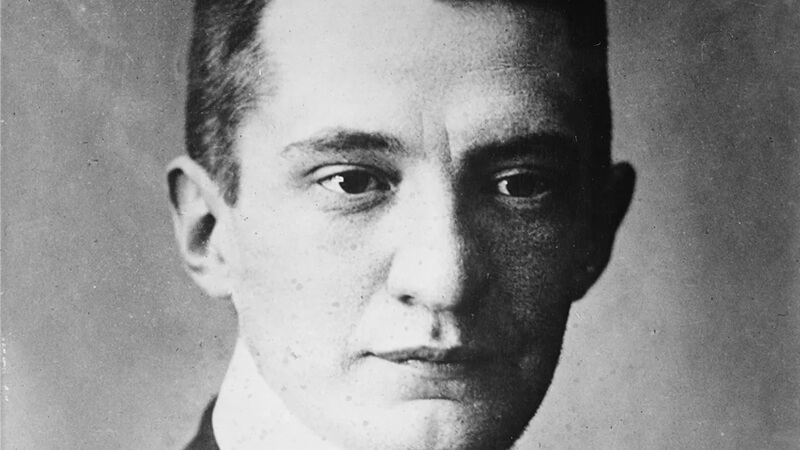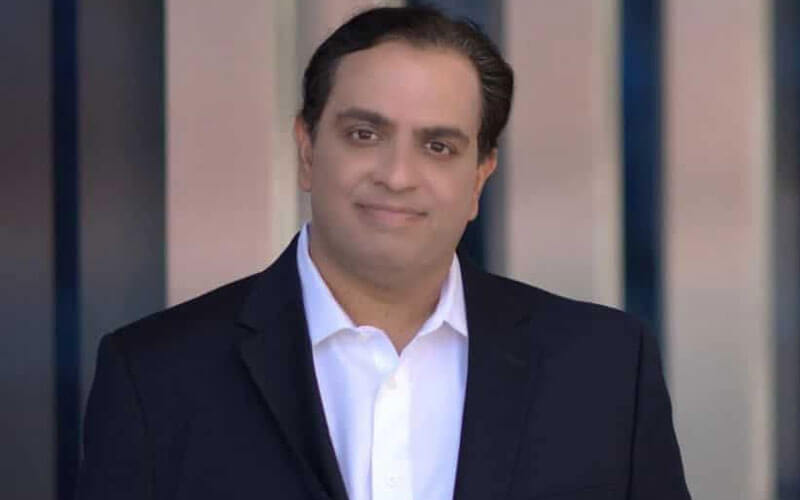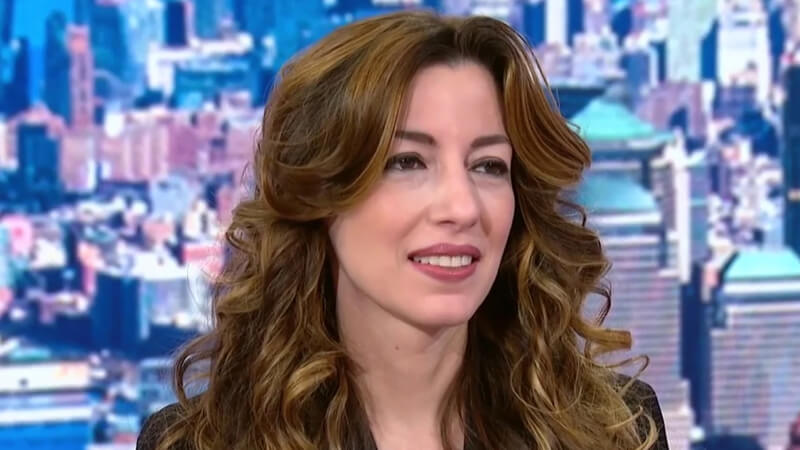Leading leader of moderate socialism, after the fall of the tsarist monarchy was minister of justice and war of the provisional government led by Prince Lvov. In June of 1917 he was named head of the government, position that held until the triumph of the Bolshevik revolution in November of that year.
Biography of Alexander Kerensky
- Born:- 4 May 1881, Ulyanovsk, Russia
- Died:- 11 June 1970, New York City, New York, United States
- Education:- Saint Petersburg State University
- Books:- Russia and history’s turning point,
- Spouse:- Lydia Ellen (m. 1939–1946), Olga Lvovna Baranovskaya (m. 1904–1939)
- Children:- Oleg Kerensky, Gleb Kerensky
Kerensky studied law at the University of St. Petersburg, and during his student years joined the revolutionary socialist movement Narodniki.
See Also: Biography of Joseph Stalin
By 1905 he secretly affiliated himself to the underground Socialist Revolutionary Party, while publicly forming part of the Toil group , a moderate-liberal legal party, and developing a brilliant career as a lawyer, acquiring fame for his defense of leader’s socialists.
In 1912 he was elected member of the Duma (the Russian parliament created after the Revolution of 1905), as representative of the Labor group Trudoviki by the district of Volsk (Saratov).
During the following years it consolidated its political race and became one of the main figures of moderate socialism Russian, thanks to its brilliant interventions before the Duma.
Unlike the radical socialists, Alexander Kerensky supported the participation of Russia in the First World War. However, he was soon disappointed by the war policy pursued by the tsarist regime and, at the outbreak of the revolution in February 1917, strongly supported the dissolution of the monarchy.
He was appointed undersecretary of the Petrograd Soviet of Workers and Soldiers and Minister of Justice of the provisional government appointed by the Duma and chaired by Prince Lvov .
As the sole political leader who simultaneously participated in both agencies, Kerensky was concerned with mediating the growing conflicts that arose between these parallel powers.
As the minister of justice, he enacted basic civil rights (freedom of expression, association, press, assembly, religion, universal suffrage and equal rights for women) and gained enormous popularity in the revolutionary media.
In May 1917, after a series of riots against the measures taken by the government that caused the fall of several ministers, Kerensky was appointed minister of war and navy.
In a last effort to stop the advance of the invading German army, Kerensky planned a great offensive and crossed the front, haranguing the demoralized troops to defend the country and the revolution.
But the fall of Tsarism had undone the hierarchical structure of the Russian army, many of whose officers refused to admit the authority of the republican government, while the soldiers deserted en masse to join the soviets or return to their homes.
The discipline completely collapsed and the so-called Kerensky Offensive , launched in June 1917, was a resounding failure that put an end to any expectation of remaking the Russian war effort.
Shortly after this failure the government faced a frustrated rebellion of soldiers and sailors that provoked a new ministerial crisis.
Kerensky was then called to succeed Prince Lvov in the leadership of the government, owing to his widespread popular support and influence over the Petrograd Soviet.
He presided over a precarious coalition of moderate and liberal socialists and tried to unite the various political forces of the Duma to stabilize the political situation.
But the opposition of the Liberals and the army soon gained by summarily dismissing the commander-in-chief of the Russian army, General Lavr Kornilov , whose position he personally held in September.
On the other hand, his refusal to adopt the economic and social measures demanded by the radical Socialists made him lose the confidence of the left wing of the Duma, who feared that Kerensky assumed dictatorial powers.
One of his first measures as prime minister was the suppression of the Bolshevik Party, which was accused of causing the riots of July, although Lenin himself had disowned the insurrection as premature.
Lenin managed to flee to Finland, but other Bolshevik leaders, such as Trotsky or Stalin , were arrested and imprisoned.
The measures taken by Kerensky failed to curb the deteriorating political and social situation, allowing the Bolsheviks to attack the prestige of the Provisional Government and to take control of the soviets of workers, soldiers and peasants arising all over Russia , in a parallel power that was beyond the control of the government.
From the right, Kerensky underwent the continual contrition of the monarchist party and of the various traditionalist and liberal groups which demanded an immediate repression of the revolutionary movement.
In September, General Kornilov led a cavalry march against the government in an attempt to proclaim a military dictatorship with the support of the Liberals. Isolated, Kerensky was unable to take effective measures against the coup attempt.
This was only suffocated thanks to the intervention of the Bolsheviks, who were constantly gaining support among the people. The Bolsheviks accused Kerensky of complicity with Kornilov’s military rebellion, while the Liberals withdrew their support.
Kerensky, however, retained the leadership of the government, although he was almost completely without effective political authority.
The Bolsheviks took control of the Petrograd Soviet and most of the country’s soviets, which until then had been the main support of the moderate socialist government. Unable to await the formation of a Constituent Assembly to stabilize the situation, Kerensky convened a pre-parliament with representatives of the main parties and unions.
However, Lenin boycotted this parliament, summoning in its place a Congress of the Soviets of all Russia under the motto “all the power for soviets”.
On the night of 6th to 7th November, the Bolsheviks seized power in Petrograd, proclaiming the communist revolution. A warship aimed its guns at the Winter Palace, where the cabinet was assembled.
The Congress of Soviets declared deposed the government of Kerensky and in its place appointed a Council of People’s Commissars, presided over by Lenin himself. Kerensky managed to escape to the front, where he tried, with no success, to reorganize some troops to face the coup. He remained hidden until May 1918, when he managed to escape to Western Europe.
He lived in exile in Paris, where he organized various groups of emigrants and directed anti-Bolshevik publications, such as the daily Dni.
In 1940, on the eve of World War II, he moved to the United States, where he lectured at various universities on issues of sociology and Russian politics. Among his works of political and historical analysis are the Prelude to Bolshevism: the Kornilov Revolt (1919), The Catastrophe (1927), The Crucifixion of Freedom (1934) and Russia and the Turning of History (1965). In 1966 his Memoirs were published .




